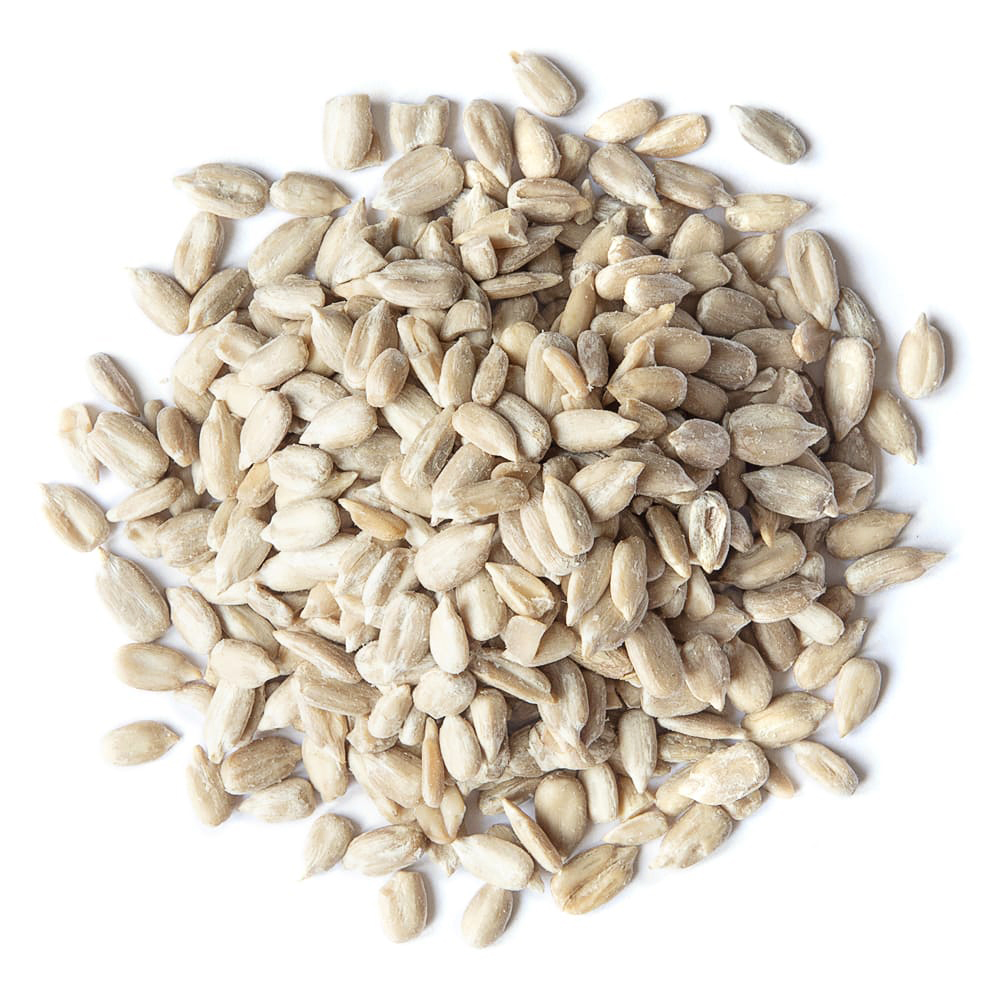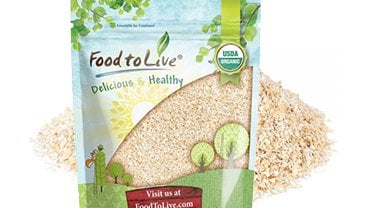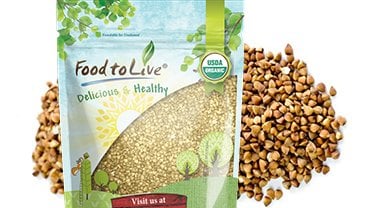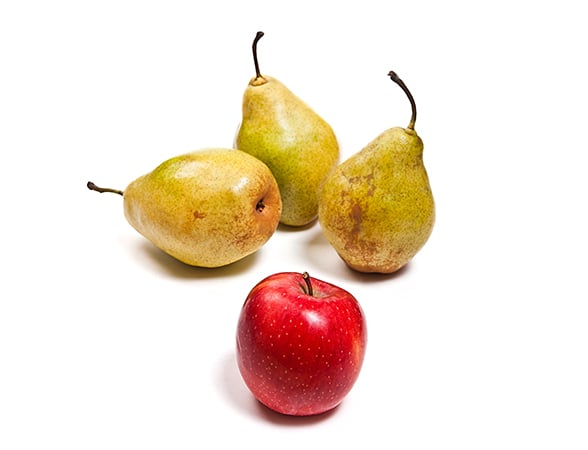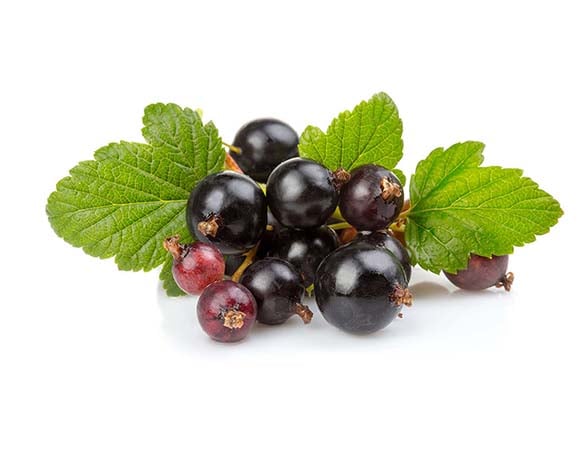August 30, 2019 · Written by Foodtolive Team
Selenium Health Benefits and Top High Selenium Foods
Selenium is a naturally occurring mineral mainly found in soil. Many plants have selenium contents, as they can easily absorb it directly from the ground. When these plants are fed to livestock and other animals, they, in turn, absorb part of this nutrient, which is then passed to humans.
Selenium may not be one of the most well-known minerals, but people are slowly becoming more aware of its importance. Selenium deficiency does have its own set of problems, as it is crucial to many of the body’s vital functions. It supports thyroid metabolism, DNA synthesis, reproductive health, and protects against infections.
When it comes to maintaining your health and quality of life, making sure you get the right amount of selenium can’t be ignored. It’s essential to learn about the health benefits, as well as some of the top high selenium foods.
Where Can Selenium be Found
Many foods contain selenium, but their levels can vary. It depends on how much is in the soil where the food was grown.
Different environmental factors play a significant role in a plant’s selenium content. Rainfall, evaporation, chemicals, runoff, and anything else that affects the soil’s pH levels can also impact how much food absorbs selenium.

Health Benefits of Selenium
Selenium is a powerful antioxidant that helps fights free radicals and reduces oxidative stress.
Several factors can make oxidative stress worse. Smoking, alcohol, stress, sleep deprivation, and more can all contribute to an excessive amount of free radicals, which leads to high oxidative stress that harms healthy cells.
Oxidative stress causes rapid aging, development of cancer cells, and is associated with heart disease, Alzheimer’s, and stroke.
Getting enough selenium will give the body the necessary antioxidants to keep free radicals at a minimum and cut down the levels of oxidative stress.
While people can take supplements to increase their selenium intake, many health benefits associated with this mineral came from eating whole foods with high levels of selenium.
For those undergoing treatment for some forms of cancer and radiation therapy, selenium supplements have the potential to improve the quality of life.
What is Selenium Deficiency
These external factors can lead to decreased levels of selenium in different foods, which can lead to a deficiency of this vital mineral.
Other complications can exasperate the effects of selenium deficiency, such as dialysis treatment, HIV, or Crohn’s disease.
In extreme cases, a low-selenium diet can lead to severe conditions like Keshan disease, which is a form of heart disease or lead to infertility in men. A type of arthritis called Kashin-Beck disease has also been linked to a deficiency of this mineral.
This mineral plays a large role in protecting the thyroid, which makes it especially crucial for those with thyroid conditions to carefully monitor their selenium intake.
There is a balance between too much and too little selenium. Too little can lead to minor things such as brittle nails, to significant health issues affecting the thyroid and other organs. But too much selenium can be just as harmful.
The recommended amount of selenium for those 14 and older is 55 micrograms (mcg) each day. For women who are pregnant or breastfeeding, it is 70 mcg. Fortunately, it is not difficult to meet this requirement or consume too much of it.
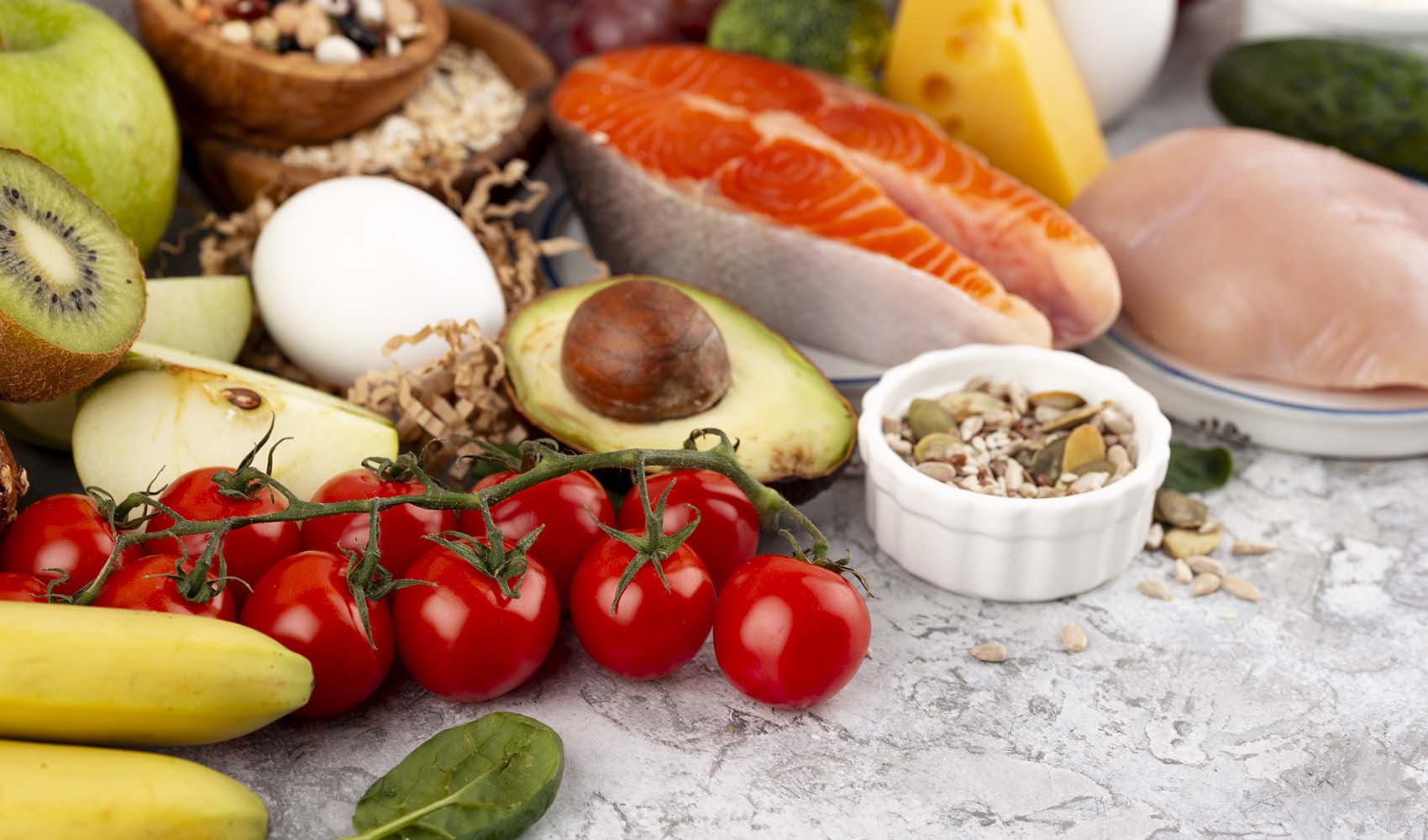
Top High Selenium Foods
The best sources of selenium are found in seafood, meats, grains and cereals, and dairy products.
Here is a list of 10 of the top high selenium foods. You may find that many of them are already a part of your regular diet.
- Brazil nuts (1 oz): 544 mcg per serving, 777% of the daily value (DV)
- Tuna (3 oz cooked yellowfin): 92% mcg, 131% DV
- Halibut (3 oz, cooked): 47 mcg, 67% DV
- Sardines (3 oz, canned): 45 mcg, 64% DV
- Ham (3 oz, roasted): 42 mcg, 60% DV
- Shrimp (3 oz, canned): 40 mcg, 57% DV
- Macaroni (1 cup, cooked): 37 mcg, 53% DV
- Beefsteak (3 oz, bottom round, roasted): 33 mcg, 47% DV
- Turkey (3 oz, boneless, roasted): 31 mcg, 44% DV
- Beef liver (3 oz, pan-fried): 28 mcg, 40% DV
Many other foods are rich in this mineral. It isn’t difficult to meet the requirement, and consuming too much selenium is uncommon.
The next time you take a look at what you eat, make sure to pick a few things from this list, so you don’t miss out on the health benefits selenium has to offer.


